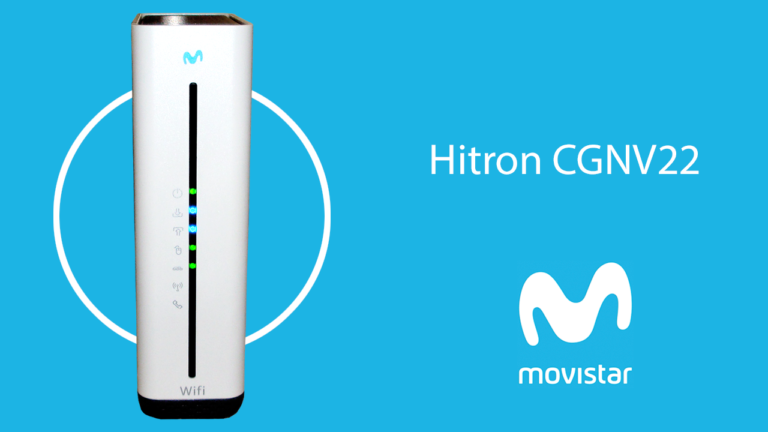


The interruption mode is helpful when a website does not provide the download link directly. Whenever the interruption mode is not needed, click the browser action button again to disable this optional feature. To enable it, click on the action button (toolbar button) once. The interruption mode is not active by default. Interrupts the built-in download manager and redirects your requests to the JDownloader Sends downloading jobs from the right-click context menuĢ. This extension offers two operation modes:ġ. JDownloader is a Java-based download manager. after completion.Integrates the browser with JDownloader either by interrupting the built-in download manager or from right-click context menu This extension connects your browser to the JDownloader. Use Firefoxįirefox will download the file directly to the specified location as a. downloads to the specified location instead of a temporary folderĪnd many more which are not critical to your usecase.stopping and resuming the download without loosing data.Others stated that chrome would download the file to its final directory if this is on a different drive, I could not reproduce that behavior as seen in the screenshotįortunately there are other solutions which work out of the box: Using a download managerĭownload manager are specifically made for downloading many and large files.Ī download manager like JDownloader has various advantages in comparison to downloading via a browser: It seems chrome uses another folder as temporary download directory. I've tested it with a 1GB file, the folder would not grow past 6MB in size. The proposed solution of adding -disk-cache-dir=D:\location won't work. If so why has the download failed? Surely I don't need double the space to download any given file? Under F:\big-files\ there is a new directory structure Default\ which contains Default\Cache and "Default\Code Cache". Should I just set my cache to F:\big-files so the cache is the destination and be done with it, or is that also doomed for some reason? I think it will work because the move just needs to change the file pointer and not physically move the file, but if that's wrong, how to successfully download the file? My question is (without downloading for days to find out): Will Chrome successfully move the file from F:\big-cache\ to F:\big-files\ when the file occupies 90% of the space available on the drive? Research suggests adding -disk-cache-dir="F:\big-cache" to the program shortcut. It appears that Chrome uses a temporary folder for downloads which would be on C:\somewhere (%appdata%\whatever) which has nowhere near enough space. On Windows 7 running Chrome browser, downloading a 3.2TB file to a USB drive say F:\big-files\ with 3.5TB free fails because "Disk Full".


 0 kommentar(er)
0 kommentar(er)
